Modern trade policy is distinguished by the development and confrontation of two trends: protectionism and freedom of action. In the first case, it provides for the protection of the domestic market from foreign competition through the use of various instruments of influence. Freedom of action provides for minimal intervention and forces development on the basis of supply and demand.
general information
Each of the two directions prevails at certain periods in the development of the regional and global situation. So, in the 50-60s relaxation prevailed, and already in the 70-80s there was already the so-called “new” protectionism. How did this manifest? These changes were especially relevant when establishing the size of customs duties, in the form of currency and quantitative restrictions.
If someone is interested in what is better, freedom of trade, which allows direct comparison of national production costs with world costs, or protectionism, which allows the development of national industry, then the point in this dilemma has not yet been set by either economists or politicians.
About the essence
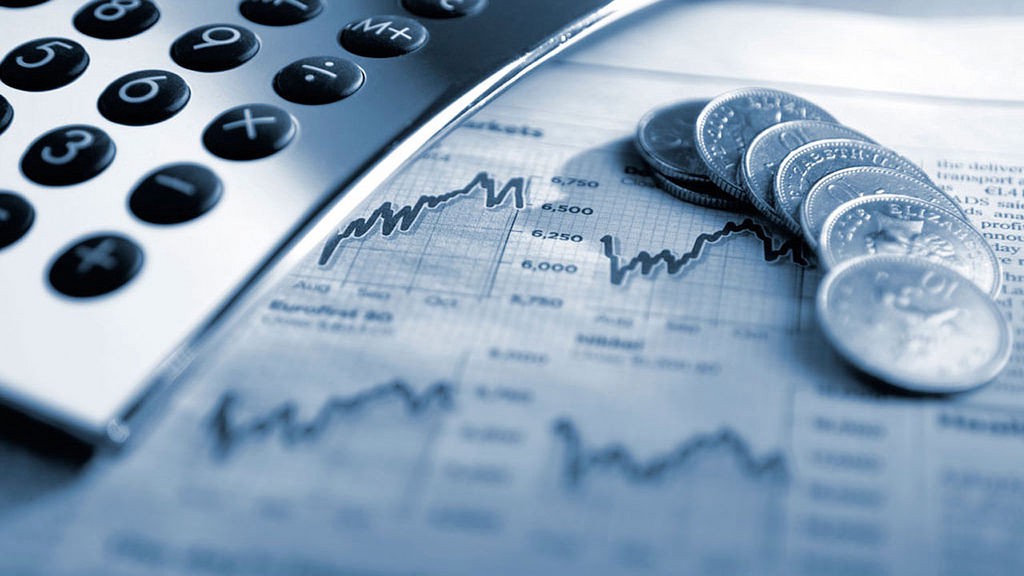
In trade policy, one can observe a close interweaving of economic, administrative, legal, and a number of other issues. The tools used for this involve the use of (non) tariff methods. In the first case, financial (subsidies, dumping, lending), hidden (technical barriers, government procurement, standardization, requirements for sanitary standards and so on) and quantitative (licensing, quotas, “voluntary” restrictions) are distinguished. Tariff methods are based on the use of customs leverage.
About countries
If we consider the state as a whole, their main task in the field of world trade is to help exporters in the sale of products by making them more competitive in the world market. At the same time, imported goods are limited in a certain way in order to make them less feasible within the country. Therefore, some methods are used to create exports, while others are used to protect against foreign competition. But the state’s trade policy should be structured in such a way as not to jeopardize its own producers who send goods abroad. It should be noted that customs protection can be fairly accurately estimated. But with non-tariff methods, due to their diversity and different economic content, it is more difficult.
Read more about used trade policy tools
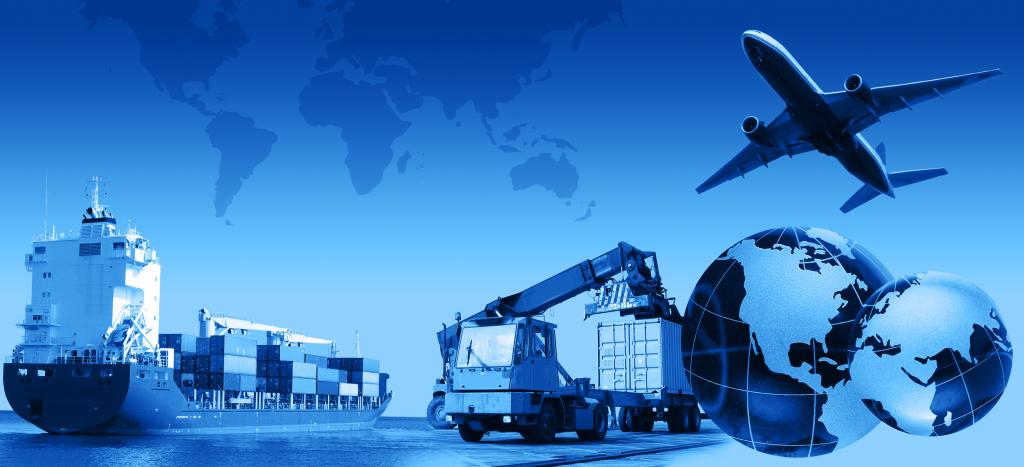
The most common means is the introduction of customs tariffs by the government. The purpose of their use is to obtain additional financial resources, regulate foreign trade flows, and protect national producers. In fact, this is a set of duties that apply to goods transported across the customs border of the state. It can also be considered as a systematic list of products that are subject to additional payments. The customs tariff is always formed from specific duty rates. Their classification can be carried out:
-
by way of collection;
-
on the object of taxation;
-
by the nature of the fee.
It should be noted that the idea prevails, according to which, obtaining material benefits from following the principle of free trade is more significant than possible losses. After all, a decrease in competitive pressure on national producers leads to a decrease in production efficiency and the introduction of new technologies.
Non-tariff regulation of the state

Often, preference is given to them, because from a political point of view they are considered more acceptable. Not least due to the fact that they do not turn into an additional tax burden on the wallets of the population. In addition, these methods are considered more effective in achieving the results of protectionist activities. Moreover, such methods of trade policy are practically not regulated by international agreements. Therefore, the states that use them feel more freely than in the case of tariff restrictions. After all, the latter are very strictly regulated by such a structure as the World Trade Organization. As the most popular solutions, you can recall about:
-
Quotas. This is a limitation of the export / import of goods by a certain amount or quantity for a specific period of time. Quotas can be global or individual. Their economic feature is the content of the redistributive effect.
-
Licensing. It implies the issuance by the state authorities of permits for the export / import of goods for a certain time period in a fixed amount. This approach is used by a very large number of countries to regulate imports, or simply as a document.
-
“Voluntary” export restrictions. This is a quantitative framework that is based on the obligations of one of the trading partners to limit themselves to a certain amount, which was adopted as part of a non / formal agreement. This is introduced, as a rule, under political pressure, when there is a threat of applying unilateral restrictive measures if a refusal is received.
What else can be said about the instruments of the state?
The matter is not limited to the listed mechanisms only. Thus, international trade policy is often met with methods of hidden protectionism. They are a variety of non-customs barriers that are erected on the way of moving goods. As an example, one can cite technical requirements, internal taxes and fees, requirements on the content of local components in the created goods.
Expansion of influence
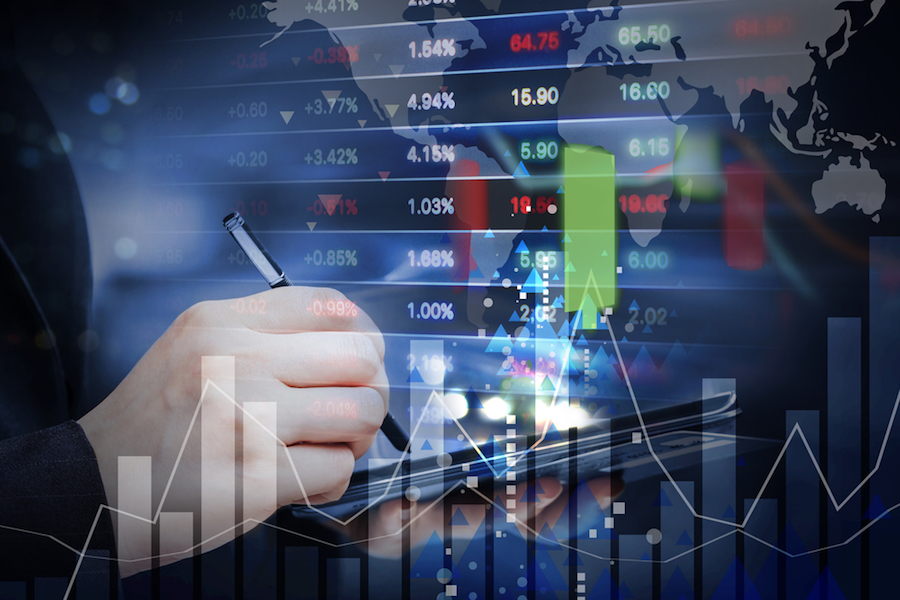
Foreign trade policy pays considerable attention to exports and issues of its increase. The most common methods in this case are:
-
Subsidies. These are cash payments that are used to support national exporters and provide indirect discrimination against imports. They may also be provided to manufacturers of goods that compete with imported products.
-
Lending. Very often, subsidies take the form of loans that are issued at a percentage below the market. Also, this method of influence can acquire the essence of a related loan. It provides for the issuance of state loans to foreign importing companies, provided that they will acquire the necessary goods only from the enterprises of that country that provided the money.
-
Dumping. This is an extreme form of subsidization. It provides for the promotion of goods by lowering export prices below the usual market level in importing countries. Anti-dumping duties are used to protect against this method.
A trade policy for the development of one's own economy should be carried out very carefully so as not to encounter an aggressive reaction.
And what about the organization level?
So far, the speech has been conducted from the standpoint of interstate relations. But the matter is not limited to this. For example, such a thing as the trade policy of a trade organization is considered quite normal. And this suggests that this structure also uses certain methods. True differences in scale, goals and capabilities lead to peculiar features. First of all, you need to understand that the trade policy of the enterprise is an integral part of the promotion strategy.It is formed as a set of measures aimed at developing the assortment, creating new products, excluding those products from the production program that has lost consumer demand and the like. The main directions of their policy are as follows:
-
Assessment of the resource base.
-
The formation of the proposal.
-
Determining the composition of products by species, brand, and articles.
-
Implementation of modifications, implementation of innovations, differentiation, variations.
-
Calculation of product update rates.
Product Review
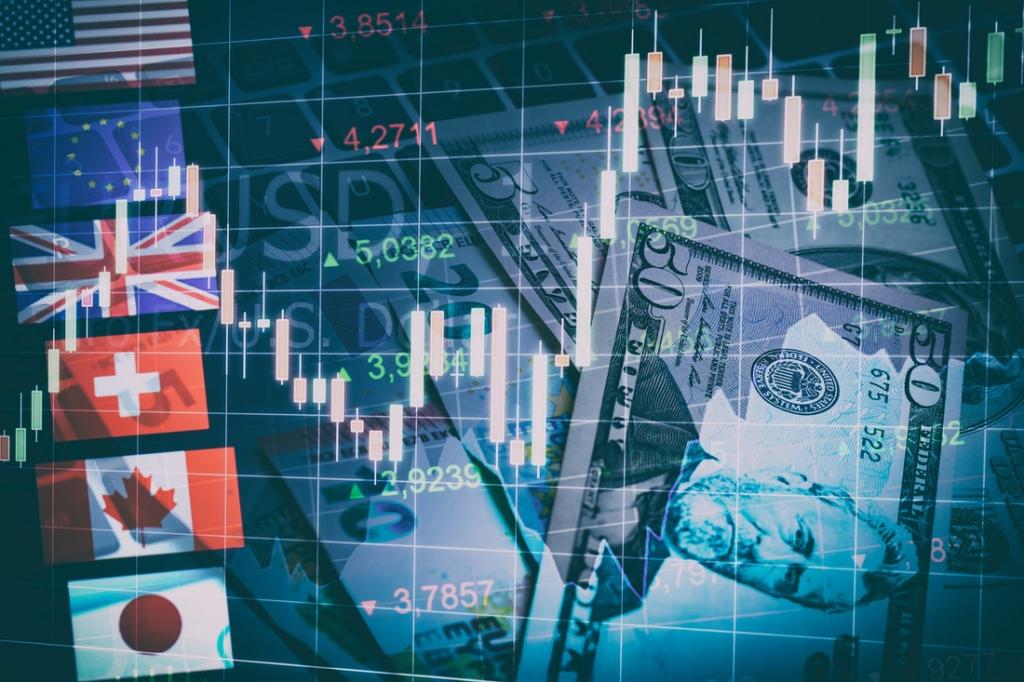
When the trade policy of a trade organization is formed, the object of creation can be considered as:
-
Physical product. By this is meant directly the product itself in the narrow sense of the word. At the same time, attention is paid to the fact that it has certain physical properties, such as dimensions, weight, and the like.
-
Advanced product. This means a physical product that is endowed with certain special characteristics that distinguish it from products created by competitors.
-
The total product. By this is meant a product, taking into account its qualities that can be extracted by the consumer.
General situation in organizations
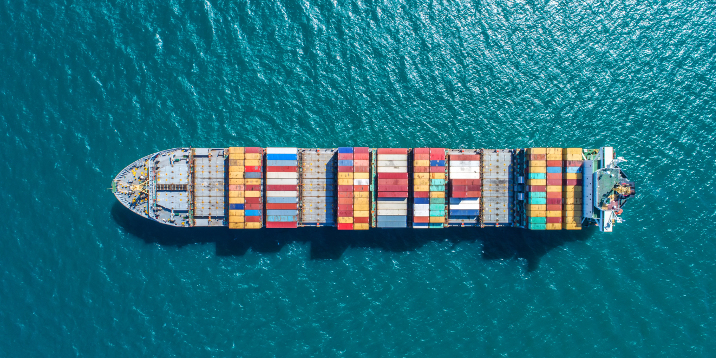
There is always a certain set of actions (pre-considered methods and principles of activity), due to which continuity and determination are ensured. They are aimed at maintaining the competitiveness of goods at the required level, finding optimal niches, developing all the important points, after-sales service.
Therefore, it is not surprising that the development is carried out taking into account a number of factors, among which are the technological capabilities of production, the state of demand and expectations of players, the availability of similar offers on the market and the like. When deciding what methods to use, it should be understood that there are differences in periods and types of use, reliability, functionality, durability, maintenance, warranty, ease of use and so on. For the trade policy of an individual enterprise, the main problems are:
-
Innovation They mean not only the creation of new products, but also the updating of existing ones.
-
Ensuring competitiveness and the required number of products.
-
Creation and optimization of the proposed product range.
-
Trademark related issues.
-
Creating spectacular packaging.
-
Analysis of the product life cycle, as well as managing it in their own interests.
Enterprise Challenges
In the modern world, in order to survive and have the opportunity to develop, organizations need to take a stable position in the market, as well as provide reasonable management activities. This especially applies to the formation of the assortment and an adequate assessment of the product life cycle. Also, the accounting policy of the trade organization should ensure that there is a minimum amount of waste and all available resources are used to the maximum. This will reduce the cost and, if necessary, use a wider range of tools to promote the product.
Behaviors
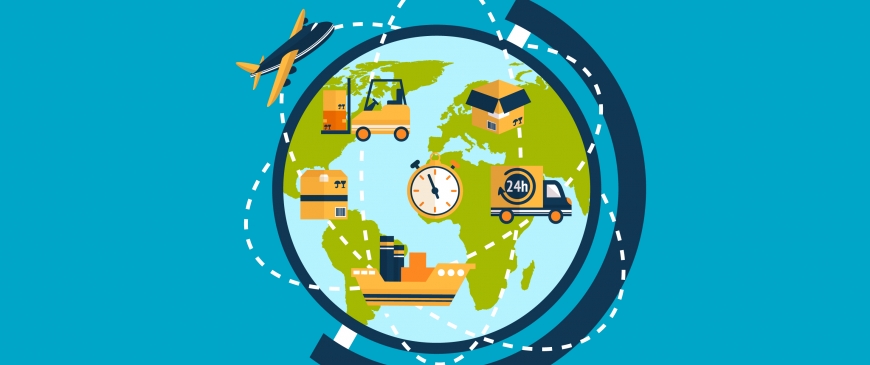
The enterprise, in implementing the trade policy, provides for the purpose of the production and sale of such goods that are competitive and have appropriate quality. To do this, one should not only improve the quality of the products offered, invest in advertising, gain and maintain market positions, but also adhere to a specific action strategy. According to Porter, there are five options, each of which has its own methods:
-
Cost Leadership Strategy. It provides for the selection of a model of behavior that would allow to reduce irrational spending in the production of goods or services.
-
A strategy of complete differentiation.It is aimed at giving the products manufactured by the enterprise special features that would distinguish them from what is offered by competitors.
-
Optimal Cost Strategy. It makes it possible to offer its customers tangible value through a combination of small production costs and wide differentiation.
-
Focused strategy. Also known as a low-cost market poverty approach. It focuses on a narrow segment of buyers, in the case of which the company can outperform its own competitors due to low costs.
-
Focused strategy. But this one is known as a niche market approach based on product differentiation. She set a goal. Providing representatives of a certain segment with specific goods and services that best meet the prevailing tastes and requirements.
It is within the framework of these five strategies that the bulk of the activity is carried out.









